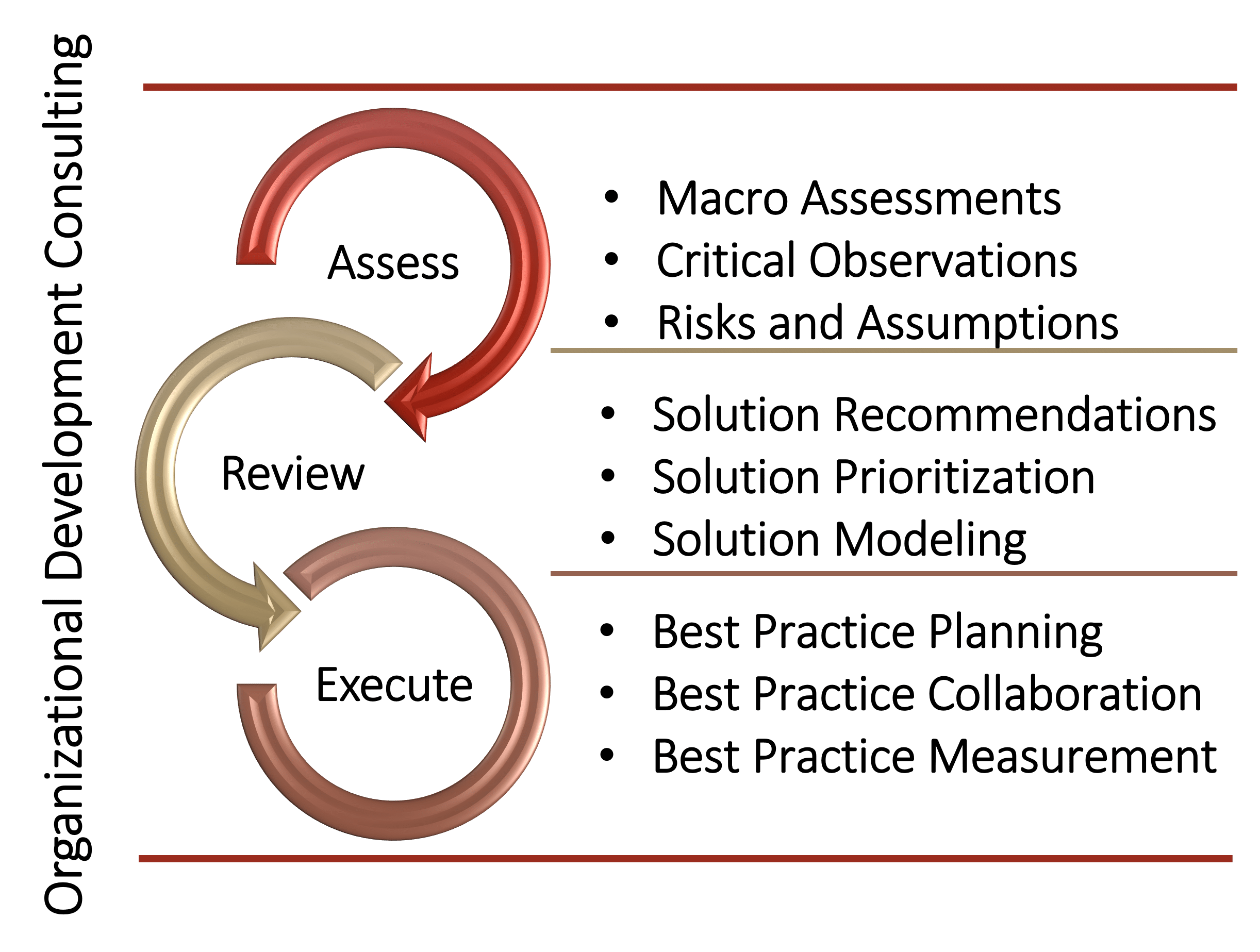Project Recovery Best Practices Considerations
When projects hit rocky terrain, these strategies can help steer them back on course:
-
Root Cause Analysis
- Diagnose the Problem: Understand why the project derailed. Was it scope creep, resource shortages, or misaligned expectations?
- Identify Underlying Issues: Dig deep to uncover the root causes. It could be poor communication, inadequate risk management, or unclear requirements.
- Address the Core Problems: Fixing symptoms won’t suffice. Address the fundamental issues to prevent recurrence.
-
Stakeholder Engagement
- Rebuild Trust: Engage with stakeholders transparently. Rebuild trust by communicating openly about the recovery plan.
- Involve Key Players: Rally the project team, sponsors, and end-users. Their buy-in is crucial for successful recovery.
- Set Realistic Expectations: Manage stakeholder expectations. Be clear about what can be salvaged and the revised timeline.
-
Revised Project Plan
- Trim the Fat: Revisit the project scope. Cut non-essential features or tasks.
- Prioritize Deliverables: Focus on high-impact deliverables. What must be completed urgently?
- Resource Allocation: Allocate resources strategically. Ensure the right skills are in play.
-
Risk Mitigation
- Anticipate Risks: Identify potential pitfalls. What could go wrong during recovery?
- Mitigate Proactively: Develop risk response plans. Be ready to tackle unforeseen challenges.
- Monitor Continuously: Keep an eye on emerging risks. Adjust as needed.
-
Communication Strategy
- Clear Communication Channels: Ensure everyone knows the recovery plan. Use regular updates, status meetings, and documentation.
- Address Concerns: Encourage open dialogue. Let team members voice concerns and propose solutions.
- Celebrate Progress: Acknowledge small wins. Boost morale during the recovery journey.
-
Leadership Support
- Champion the Recovery: Leaders must actively support the turnaround efforts.
- Remove Roadblocks: Clear obstacles hindering progress.
- Stay Committed: Consistent leadership involvement is vital.
Remember, project recovery isn’t a solo act; it’s a team effort. By applying these best practices, you can transform setbacks into success stories.
Why Taking Project Recovery Action Is Important
Project recovery is crucial when a project faces significant challenges, such as missed deadlines, budget overruns, scope creep, inadequate resource allocation, communication breakdowns, or a decline in team morale. When undesirable variances against project baselines emerge or project controls fail, developing a course of action to quickly restore project control becomes critical. Here are the six steps to project recovery.
- Recovery Intervention: Recognize the need for intervention and determine the timing. If key stakeholders perceive a compelling need to intervene, they can grant approval. Early intervention generally requires less effort and cost than delayed recovery. Establish clear project performance thresholds that trigger recovery actions when crossed. These thresholds should be defined and communicated during the early stages of the project.
- Recovery Assessment: Evaluate which project controls are working and understand the reasons for poor performance. Assess project scope, schedule, budget, and other critical factors. Identify areas where corrective actions are needed.
- Stakeholder Engagement: Foster open and candid communication between stakeholders and the project team. Properly identify problems, make recommendations, and restore project controls. Transparency is essential for successful recovery.
- Action Planning: Develop a detailed action plan based on the assessment. Define specific steps to address project issues, allocate resources effectively, and mitigate risks. Ensure alignment with project goals and stakeholder expectations.
- Execution and Monitoring: Implement the action plan. Monitor progress, track key performance indicators, and adjust as needed. Regularly communicate updates to stakeholders. Timely execution is crucial for successful recovery.
- Lessons Learned: After recovery, conduct a thorough review. Identify lessons learned, document best practices, and update project management processes. Use this knowledge to prevent similar issues in future projects.
Summary
Project recovery is essential because the longer a project remains distressed, the higher the probability of unintended consequences affecting the project. By following these steps, you can restore control, preserve project value, and maintain stakeholder support.
Organizational Development Consulting
Client-Centric Engagement Model
Each solution found in our catalog can be scaled to meet your organization's needs. Consulting engagements are built on a collaborative three-step process of Assess, Review, and Execute stage gates. This model provides a high value and collaborative approach that allows organizations to measure ROI, performance, and continuous improvement throughout the entire engagement. Our executive level team of consultants will provide actionable and practical recommendations that can be implemented via our collaborative approach to the partnership.

For the Enterprise
- Experience personalized service at scale. AMS has a global reach with the highest degree of expertise across a range of Fortune 500 companies, Government agencies and Global 2000 organizations.
For the Emerging and Middle-Market
- Experience the entrepreneurial spirt that our firm is founded on with a unique blend of expertise to accommodate the unique needs of smaller organizations.
Customize your Consulting Experience
- Align subject matter experts with your industry, region, and culture
- Support solutions with correlating Research
- Accelerate Individual Growth with Performance Coaching
- Supplement solutions with Professional Development Training
- Review Solution Briefings
- Integrate Digital Resources – Thought Leader Interviews – Insights Podcast
Join the ranks of leading organizations that have partnered with AMS to drive innovation, improve performance, and achieve sustainable success. Let’s transform together, your journey to excellence starts here.